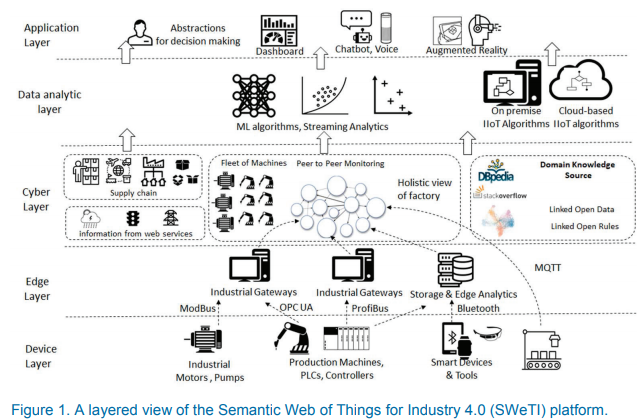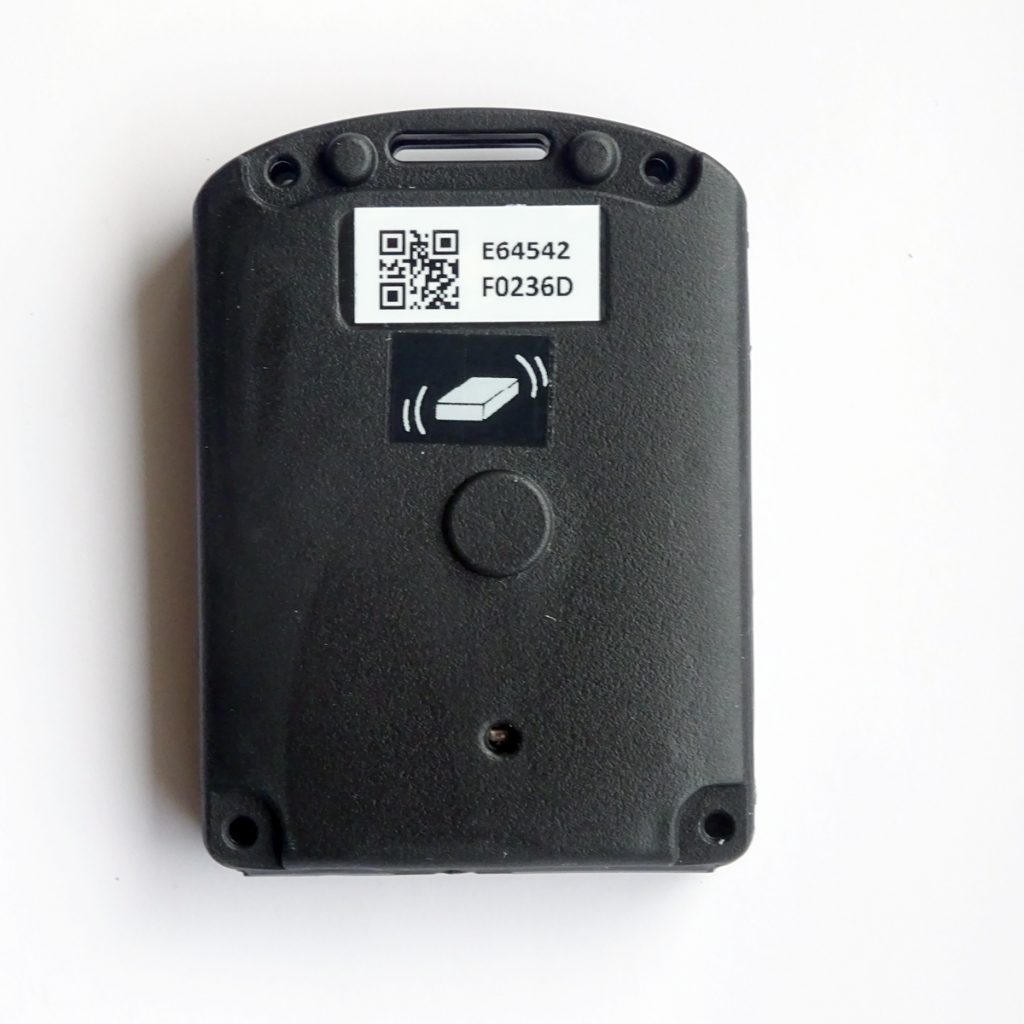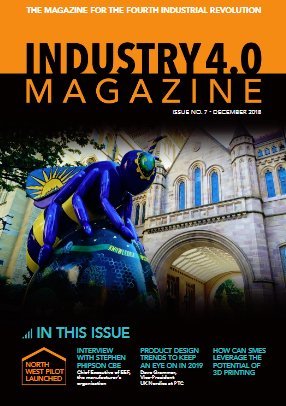The February 2019 edition of ComputingEdge magazine from IEEE has an article on From Raw Data to Smart Manufacturing (pdf – current and back issues freely available).
The article describes what they call a ‘Semantic Web of Things for Industry 4.0 (SWeTI) platform’. Although it’s very useful, it’s less of a platform in the software sense and more of an ecosystem or model.

The platform describes usecases, tools and techniques for smart applications. Using this model, BeaconZone operates in the Device, Edge and Data Analytic layers. We provide for smart devices and tools, gateways, storage, machine learning (ML) and analytics.
Read about Benefits of Beacons
Read about Beacons in Industry and the 4th Industrial Revolution (4IR)

